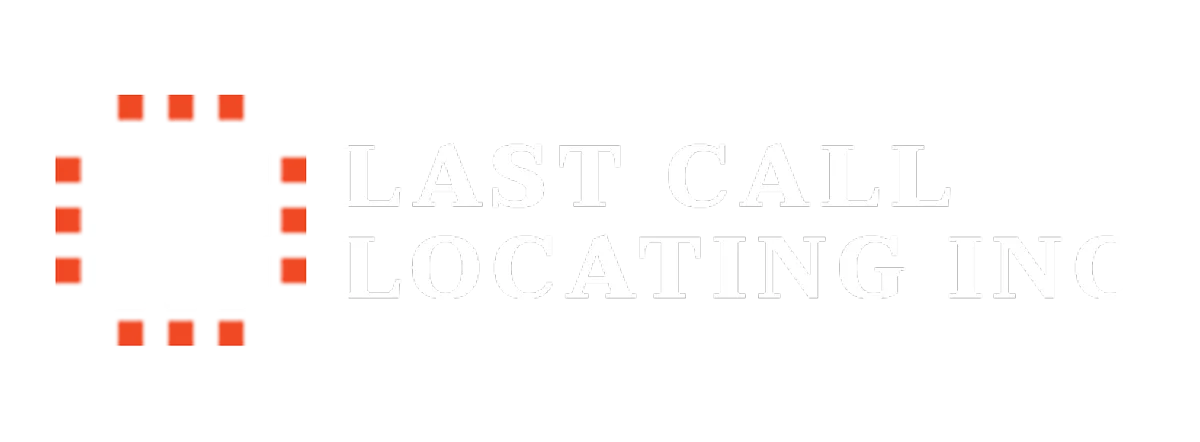Blog

Prevent Utility Damage During Landscaping or Pool Projects | Last Call Locating
Introduction
Backyards across Billings and surrounding communities are being transformed. Homeowners are investing in landscaping upgrades, outdoor living spaces, and pools to boost both property value and quality of life. But beneath the surface of every yard lies something less exciting: water lines, gas lines, electrical conduits, irrigation systems, and communication cables.
One wrong move with a shovel or excavator during a landscaping project can mean burst pipes, power outages, or worse — safety hazards. In this blog, we’ll explore how to prevent utility damage when tackling backyard renovations and why professional locating should be the first step before any major landscaping or pool installation.
Why Landscaping and Pool Projects Pose Higher Utility Risks
Complex Backyard Utility Networks
Unlike new construction sites, residential backyards often contain years of modifications: irrigation systems, added electrical for hot tubs or lighting, gas lines for grills, or private water extensions. Many of these don’t appear on public utility records.
The Cost of Striking Utilities During Projects
Water line damage: Flooded trenches, costly repairs, and project delays.
Gas line strikes: Dangerous leaks that put homeowners and crews at risk.
Electrical cuts: Power outages, shock hazards, and expensive emergency service calls.
Irrigation line breaks: Added costs and frustration during otherwise cosmetic projects.
These risks are amplified when digging deep foundations for pools or cutting trenches for drainage and hardscape installations.
Best Practices to Prevent Utility Damage
Preventing damage isn’t complicated — but it does require planning and the right expertise.
Step 1: Call 811 (But Don’t Stop There)
Montana’s 811 service marks public utilities up to the meter. This is an essential first step, but it won’t cover private lines in your yard. That’s where professional locating comes in.
Step 2: Hire a Private Utility Locating Service
Professional locators like Last Call Locating use advanced tools such as ground penetrating radar (GPR) and electromagnetic detection to identify both metallic and nonmetallic utilities. This ensures all buried systems are mapped before digging begins.
Step 3: Plan Around Utility Lines
Once utilities are marked, homeowners and contractors can adjust designs, change excavation paths, or budget for protective measures to avoid damage.
Step 4: Communicate With Your Crew
Clear communication is vital. Every person involved in the project should understand where utilities are located and how deep they run.
Step 5: Use Safe Digging Practices
Even with markings in place, hand digging or vacuum excavation is recommended when working directly above marked utilities. This prevents accidental strikes from heavy machinery.
Local Considerations for Billings Projects
The Billings area presents unique challenges for utility locating and landscaping:
Irrigation-heavy yards: Many properties use underground sprinkler systems, which are often forgotten during projects.
Mixed soil conditions: Clay-heavy soils in parts of Yellowstone County can affect detection methods and complicate excavation.
Older neighborhoods: Abandoned or undocumented lines may still exist beneath yards, creating confusion if not identified.
Rural properties: Extended private water, septic, and electric lines run through large lots, often without proper maps.
For these reasons, local expertise matters — not just equipment.
Frequently Asked Questions
Do I need private utility locating if I already called 811?
Yes. 811 only marks public utilities. Private lines (irrigation, pool plumbing, yard lighting, gas lines beyond the meter) require a private locator.
Can pool contractors handle locating themselves?
Most pool and landscaping contractors don’t provide utility locating. It’s the property owner’s responsibility to ensure utilities are marked before digging.
How long does a private locate take?
Most residential yards can be completed in a couple of hours. Larger or more complex properties may require additional time.
Is locating really necessary for shallow landscaping projects?
Even shallow digs can strike irrigation, low-voltage electrical, or communication lines. Locating is strongly recommended for any project involving digging.
Does winter or frozen ground affect utility locating?
Yes, frozen soils can make detection harder, but professionals adjust equipment and methods to maintain accuracy year-round.
Conclusion
Landscaping and pool installations add beauty and value to homes in Billings, but they also carry serious risks if underground utilities are ignored. Preventing damage starts with proper locating: combining public utility markings with private locating services to give a complete picture of what’s underground.
For homeowners and contractors, the safest investment is making utility locating the very first step in any project. With experienced professionals, advanced technology, and local knowledge, Last Call Locating helps ensure that outdoor projects are safe, efficient, and free from costly surprises.
OUR SERVICES
CONTACT INFORMATION
Phone:
Business Hours:
Mon - Fri: 9:00 AM – 5:00 PM
Sat & Sun: Closed
OUR LOCATION
© 2025 All Rights Reserved | Last Call Locating Inc. | Privacy Policy
